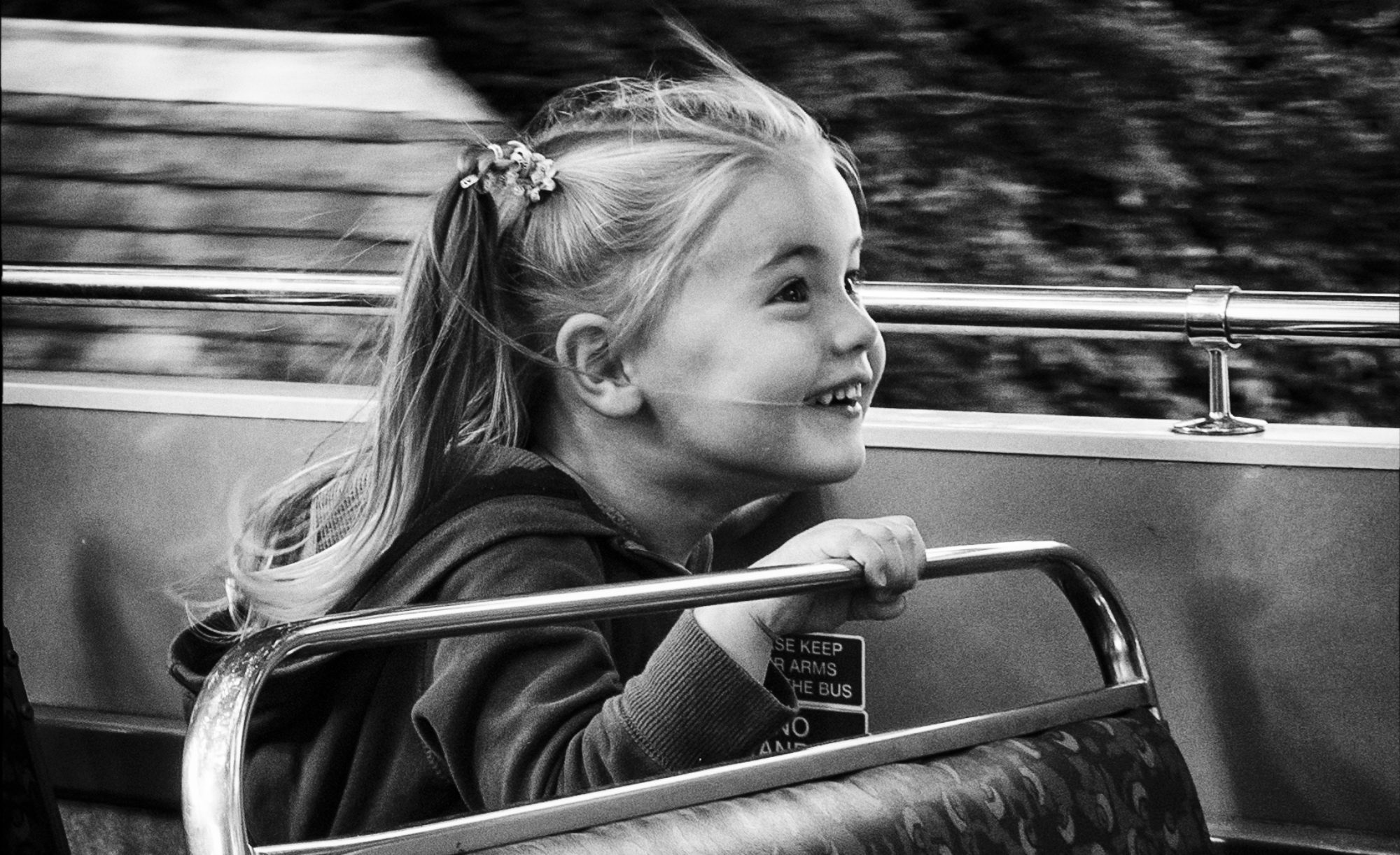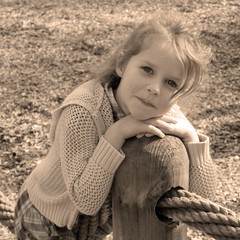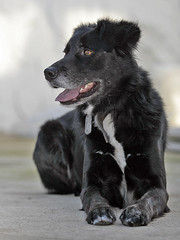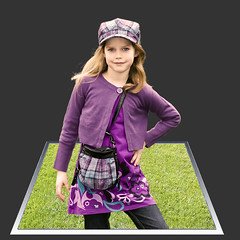I’ve been a Parkrun regular for almost 18 months now. Since May 2015 I’ve been to 7 different venues with my son, daughter, two nieces and my sister and brother in law. 2 weeks ago my 13 year old daughter completed her 50th Junior park run for her ‘Ultra’ band, to add to the 34 5km runs she has done. Her times are down by about 20% in that period and she’s been inspired to take up cross-country club running.
My 9 year old niece is a talented young athlete and from her first Park Run is now a keen club runner on the track and is giving my sister a run for her money over 5km every week. My 4 year old niece has just picked up her 11 run Junior band, although she ran a few ‘unofficially’ without a barcode before she was old enough to be eligible.
Even I, wrong side of 20 stone, have run a couple as I’ve shed nearly 3 stone and started a fitness program throughout 2016. As a family we have completed not far off 250 Parkruns.
Believe me, I get it. Parkrun is a fantastic thing and I recommend it to everyone.
On at least 30 of those visits I’ve taken my camera, photographed the runners as they pass and often shared a little banter. I always stay to the very end – the person coming in with the tail-runner is every bit as worthy of my attention as the semi-elite athlete who came home in 16 minutes something. Then, after several hours downloading, cropping and uploading I post a link on the relevant Parkrun facebook page.
On a good weekend I can easily take 1000 photographs, which I will edit down to a couple of hundred. My Flickr account tells me how many people view the images, and it quickly gets into hundreds of times for each one. I’ve had lots of positive comments from people who like to see themselves, friends and family running and to have a photo to share.
I read today that Parkrun is working on a photography policy because “from time to time, things have to change”. It’s not clear why they have to change, or what great calamity is to be averted, but coming soon is a new ‘photo and video policy’.
Here is a sneak preview of the policy… (you can find the full thing at http://www.parkrun.org.uk/news/2016/09/08/smile-and-say-cheese/)
1. No names. Ideally, no full names would be attached to images of individuals. If the story/ communication would benefit from names being included, only use first names. As with all things parkrun, please let common sense prevail: if you have permission to attach someone’s name to a photo/ someone has been pleading with you to use their photo then of course it’s OK.
This seems to be about publishing and ‘stories’, not photography. If people don’t wish to be tagged in social media then they can set their profile accordingly. I observe, however, that Parkrun’s own website doesn’t offer such privacy – the full name of every runner and their placing is published every week, along with a full history of their previous runs.
2. No ID. Avoid the inclusion of detailed information that could make individuals easy to trace, e.g. no pictures of children in a specific school uniform.
I don’t recall seeing anyone running in school uniform and if someone is keen to avoid being traced I’d suggest doing Parkrun in school uniform (and getting their name published in your results list) is a poor strategy. As a photographer I am in no position to assess the clothing or ‘personal details’ of every person who sprints past me.
3. Appropriate clothing. Only use images of people in suitable dress to reduce the risk of inappropriate use, e.g. no pictures of people in swimwear.
Again, I don’t recall seeing people run in swimwear but if they choose to do so then I’d suggest they might expect to draw attention to themselves. As a photographer I am not going to attempt to judge what is appropriate and certainly not try to guess what you might think is appropriate. If someone wants to run through the park in a mankini then good luck to them.
4. Think positive. Images that are published or shared should positively reflect people’s involvement in parkrun, e.g. smiling and laughing parkrunners, not anxious or unhappy ones.
Seriously? When Parkrun takes off in North Korea then this may be acceptable. Until then I’ll photograph the real spectrum of emotion I see each week – the challenge, the discomfort and sometimes outright pain that makes completing a run so worthwhile and satisfying.
5. Be inclusive. Wherever possible, photographs should include groups, not individuals, and should represent the broad range of people participating, e.g. boys and girls, people with disabilities, members of all communities. Again, let common sense prevail: if the purpose of a photo is to illustrate a story about an individual’s achievement then of course it is ok to be of just that individual.
It gets even better. No pictures of people running alone, only contrived groups of grinning, multiracial, mixed-gender runners from a cross section of social classes. What are you trying to achieve with this nonsense – images which truly representative of Parkrun or a pastiche of a yoghurt advert?
6. Delete if asked. If an individual, a parent or a carer asks for any photo to be removed or deleted, it should be done without question at the earliest opportunity.
This is common sense, good practice and above all else ‘being a nice person’. It really shouldn’t need a policy.
7. Permission. Due to parkrun events taking place in public settings, it is not possible for individuals to opt in or out of being photographed/ filmed at an event. For this reason, it’s important that all event-specific websites state that photographing or filming is likely to take place. If you know in advance that specific/ out of the ordinary photography is going to take place on a specific week, e.g. parkrun are sending someone to take a video to be used for a specific promotional purpose, alert people to this beforehand via social media and your website, and include it in your pre-run briefing.
You’ve stumbled on the key point here. Parkrun takes place in public and it doesn’t matter what policies you write. People have no reasonable expectation of privacy (you might like to Google that phrase) and therefore there is no need (or point) in trying to alert people to it.
Unless, of course, you want to give everyone the opportunity to get their hair done, like they do in the yoghurt ads?
Your policy does overlook one point. Many Parkruns take place on National Trust premises. Whilst these grounds are public places they may have additional rights to enforce a policy on photography. Your Run Directors should probably be aware of any restrictions and communicate them to ‘official photographers’.
8. Volunteer photographers. At times, parkrun events will have a volunteer photographer in attendance. This is someone who is taking photographs/ videos for inclusion in parkrun UK communication and social media channels. Photographers must:
• register as an official volunteer
• make themselves known to the Run Director
• wear a high-vis vest at all times during the event
Must? Parkrun is in a public place, remember? I don’t have to register, wear bright yellow or make myself known to anyone. If I did any of those things people might reasonably assume that I was working on your North Korean yoghurt commercial, and that’s really not for me.



